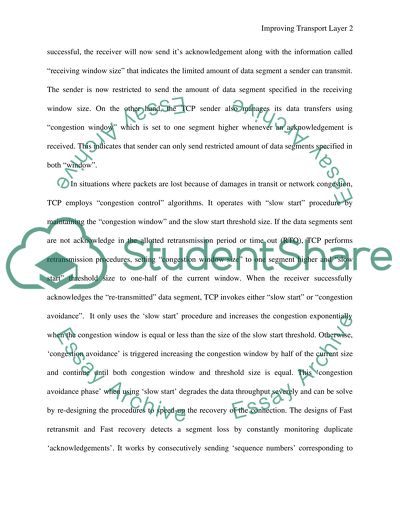Cite this document
(“Improving Transport Layer Performance Assignment”, n.d.)
Retrieved from https://studentshare.org/technology/1519810-improving-transport-layer-performance
Retrieved from https://studentshare.org/technology/1519810-improving-transport-layer-performance
(Improving Transport Layer Performance Assignment)
https://studentshare.org/technology/1519810-improving-transport-layer-performance.
https://studentshare.org/technology/1519810-improving-transport-layer-performance.
“Improving Transport Layer Performance Assignment”, n.d. https://studentshare.org/technology/1519810-improving-transport-layer-performance.


